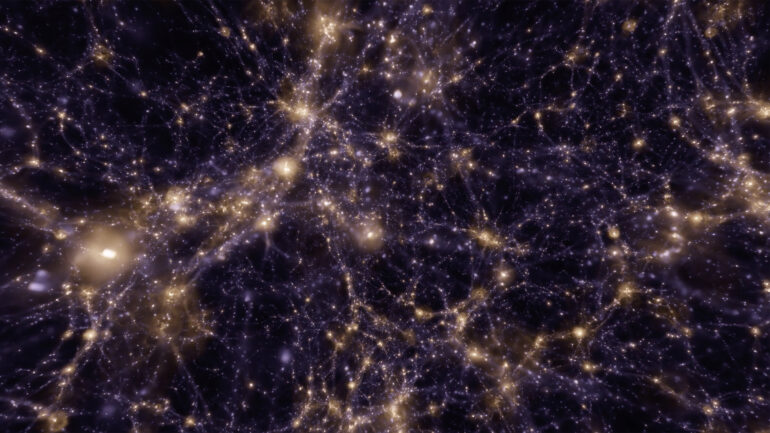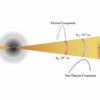Scientists of Tata Institute of Fundamental Research (TIFR), Mumbai, India and Indian Institute of Space Science and Technology (IIST) have identified the nature of thousands of new cosmic objects in X-ray wavelengths using machine learning techniques. Machine learning is a variant or part of artificial intelligence.
Astronomy is entering a new era, as a huge amount of astronomical data from millions of cosmic objects are becoming freely available. This is a result of large surveys and planned observations with high-quality astronomical observatories, and an open data access policy. Needless to say that these data have a great potential for many discoveries and new understanding of the universe.
However, it is not practical to explore the data from all these objects manually, and automated machine learning techniques are essential to extract information from these data. But application of such techniques to astronomical data is still very limited and in a preliminary stage.
The TIFR-IIST team applied machine learning techniques to hundreds of thousands of cosmic objects observed in X-rays with USA’s Chandra space observatory. This demonstrated how a new and topical technological progress could help and revolutionize the basic and fundamental scientific research. The team applied these techniques to about 277,000 X-ray objects, the nature of most of which were unknown. A classification of the nature of unknown objects is equivalent to the discovery of objects of specific classes.
Thus, this research led to a reliable discovery of many thousands of cosmic objects of classes—such as black holes, neutron stars, white dwarfs, and stars—which opened up an enormous opportunity for the astronomy community for further detailed study of many interesting new objects.
This collaborative research has also been important to establish a state-of-the-art capacity to apply new machine learning techniques to fundamental research in astronomy, which will be crucial to scientifically utilize the data from current and upcoming observatories.
The study is published in the journal Monthly Notices of the Royal Astronomical Society.
More information:
Shivam Kumaran et al, Automated classification of Chandra X-ray point sources using machine learning methods, Monthly Notices of the Royal Astronomical Society (2023). DOI: 10.1093/mnras/stad414
Provided by
Tata Institute of Fundamental Research
Citation:
Machine learning techniques identify thousands of new cosmic objects (2023, February 15)



